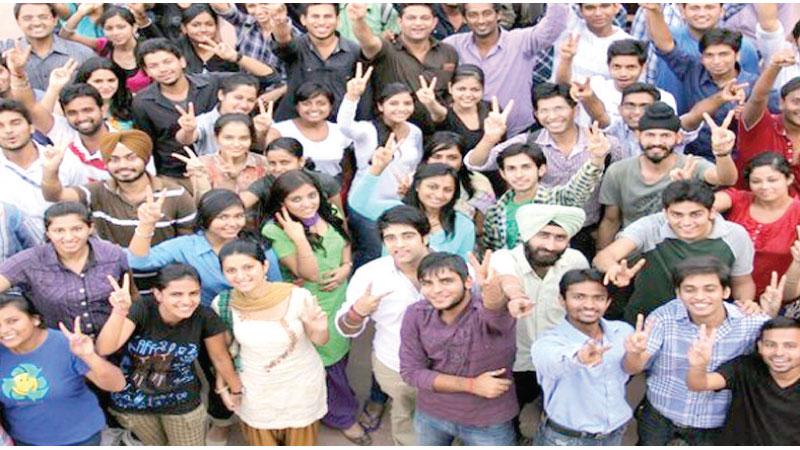
With a staggering population of over 1.4 billion, India emerges as a veritable powerhouse, representing approximately 18% of the world’s total population.
Positioned favourably within the Demographic Transition Model, India finds itself in a highly advantageous stage, with a significant portion of its populace comprising the youth demographic.
Remarkably, over one billion people in India belong to the working-age population, showcasing the country’s immense potential and human capital. Projections indicate that by 2030, India will achieve its lowest dependency ratio in history, standing at a mere 31.2%.
A significant turning point is anticipated by 2056, as the young dependency ratio, encompassing individuals below the age of 15, will surpass the old dependency ratio, comprising those aged 65 and above.
This pivotal development heralds the dawn of a prosperous era, characterised by a burgeoning young populace ready to contribute to society. This flourishing young population is not only a valuable asset for India but also holds immense significance for the global community. Through strategic investments in education, skill development, and healthcare, this burgeoning human resource will evolve into a vital human capital, not only benefiting India but also catering to the diverse needs of the world.
Projections reveal that India is set to supply approximately 24.3% of the global workforce over the next decade, solidifying its position as the foremost provider of human resources worldwide. With nearly 26 percent of the population below the age of 14 years and nearly 67% in the age group 15 to 64 years, India has a median age of 28.4 years which is relatively very young compared to most other major economies.
The human resource of India is well poised to bring it a competitive advantage in the manufacturing and services sectors. About 49 percent of the total enrolment in higher education in India now comprises women.
India has exemplified its success in leveraging its demographic dividend in sectors such as Information technology (IT) and Business process outsourcing (BPO) services. With the largest pool of graduates in STEM (Science, Technology, Engineering and Mathematics) and a huge English-speaking labour force, India is an outlier vis-a-vis other countries in being best placed to harness its demographic dividend.
In fact, in STEM itself India adds approximately 2.14 million graduates annually and with 47.1% of women in STEM fields, it is also the world leader in STEM women graduates.
Such a large pool of India’s human resources is ready to offer India and the world a cohort of skilled and talented workforce.
To complement this force, India’s semi-skilled labour force also provides the capacity to support a competitive manufacturing ecosystem in India which can address not only the domestic aggregate demands but also add significantly to the global supply chain. - www.aninews.in
